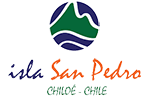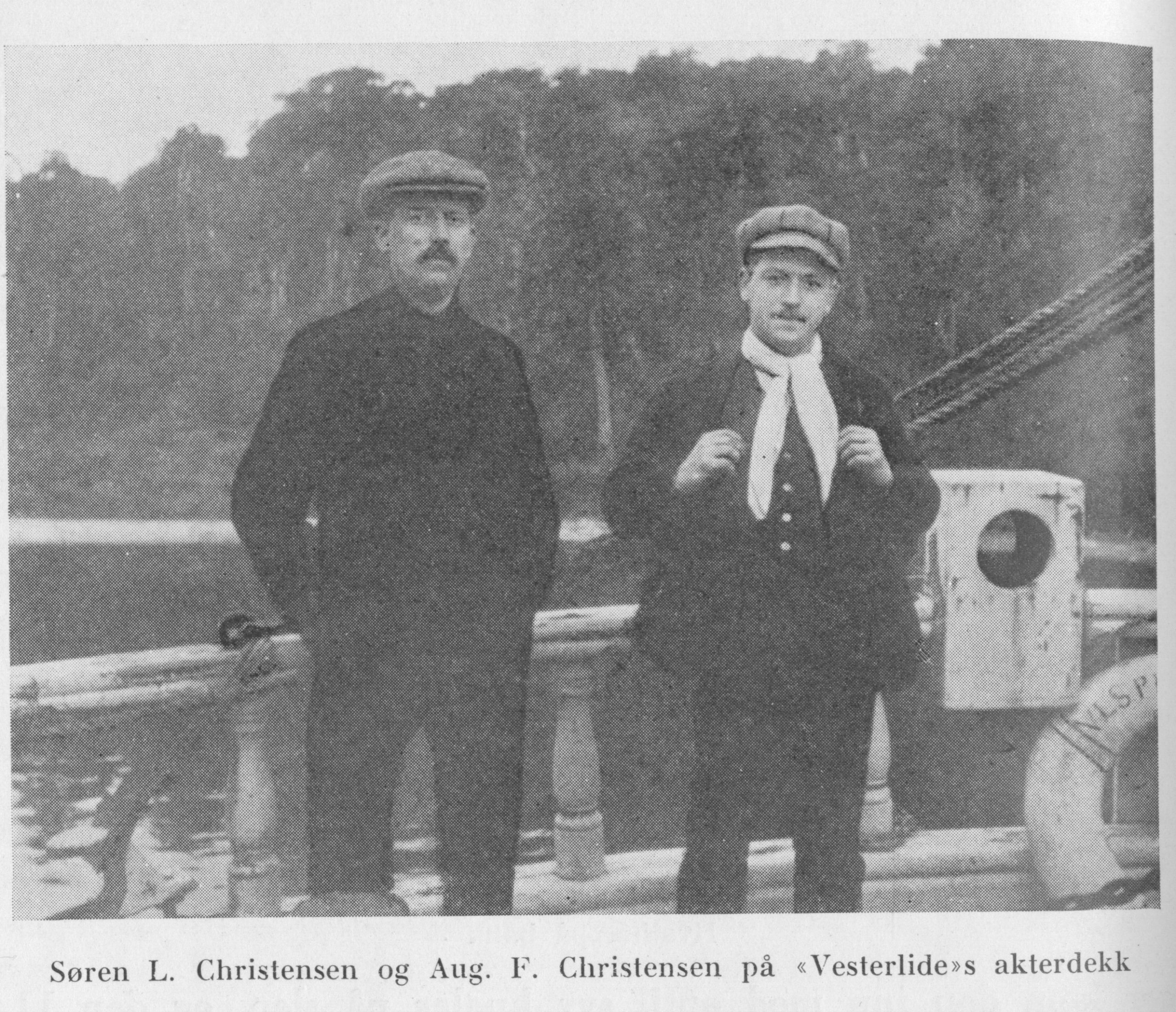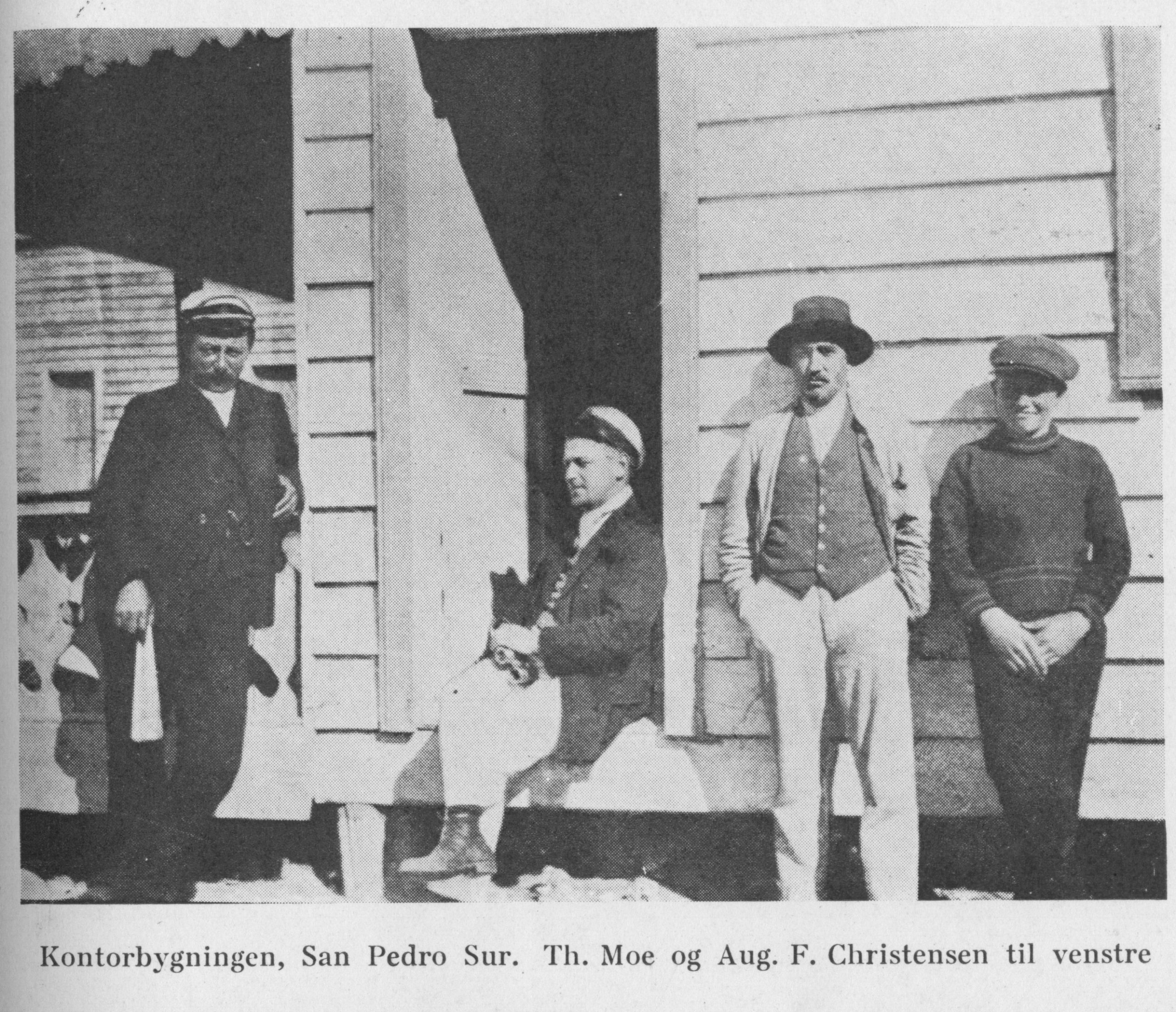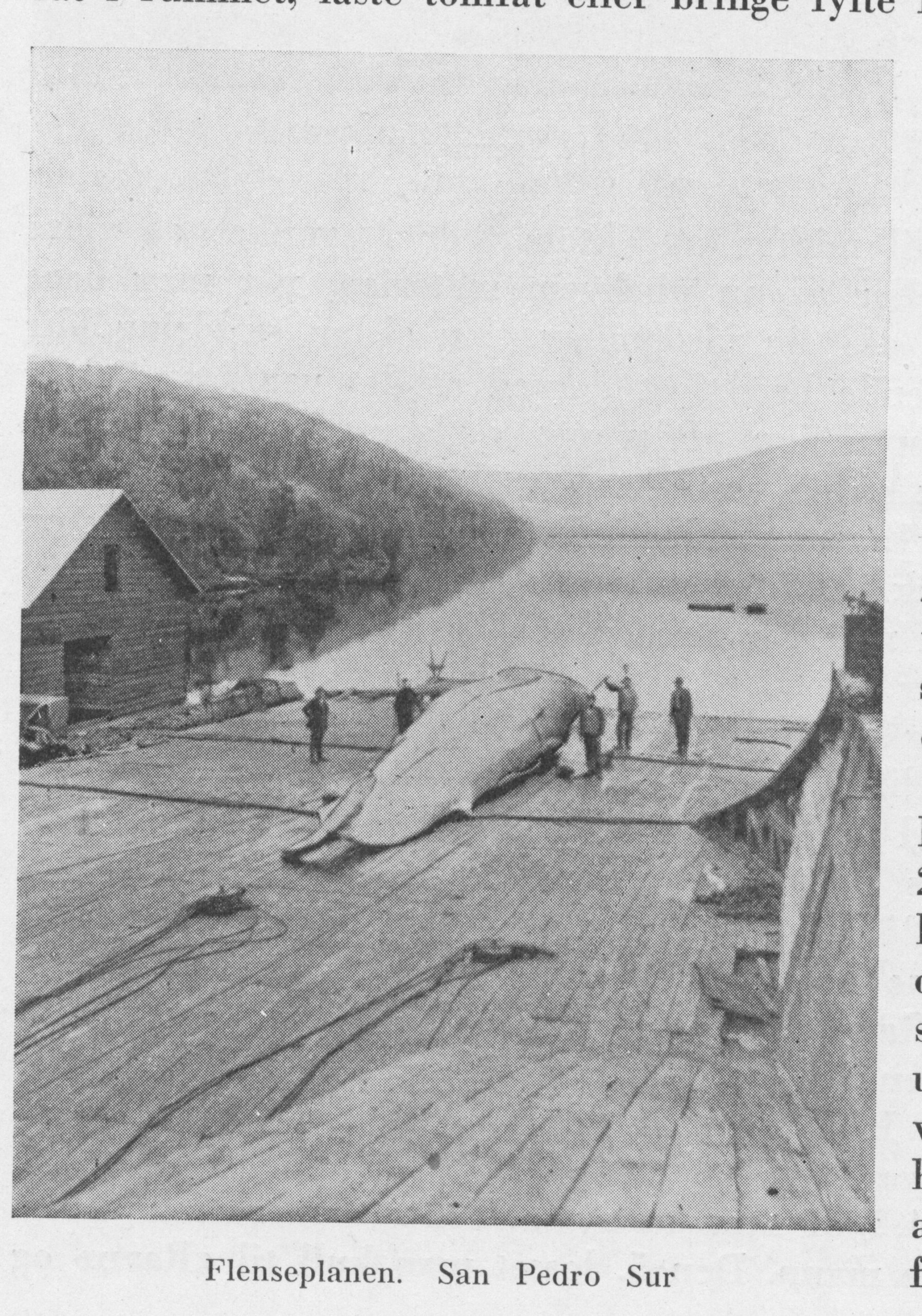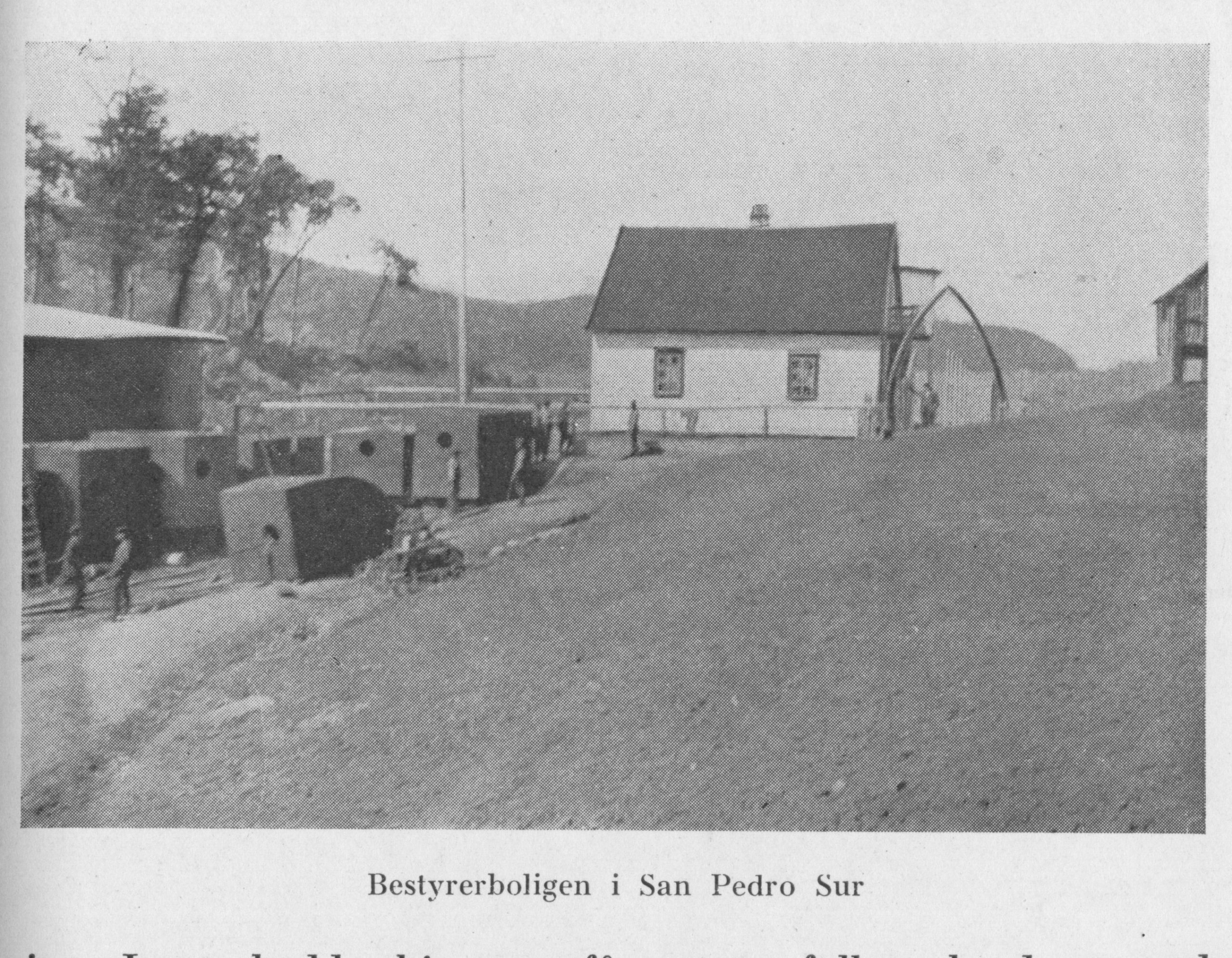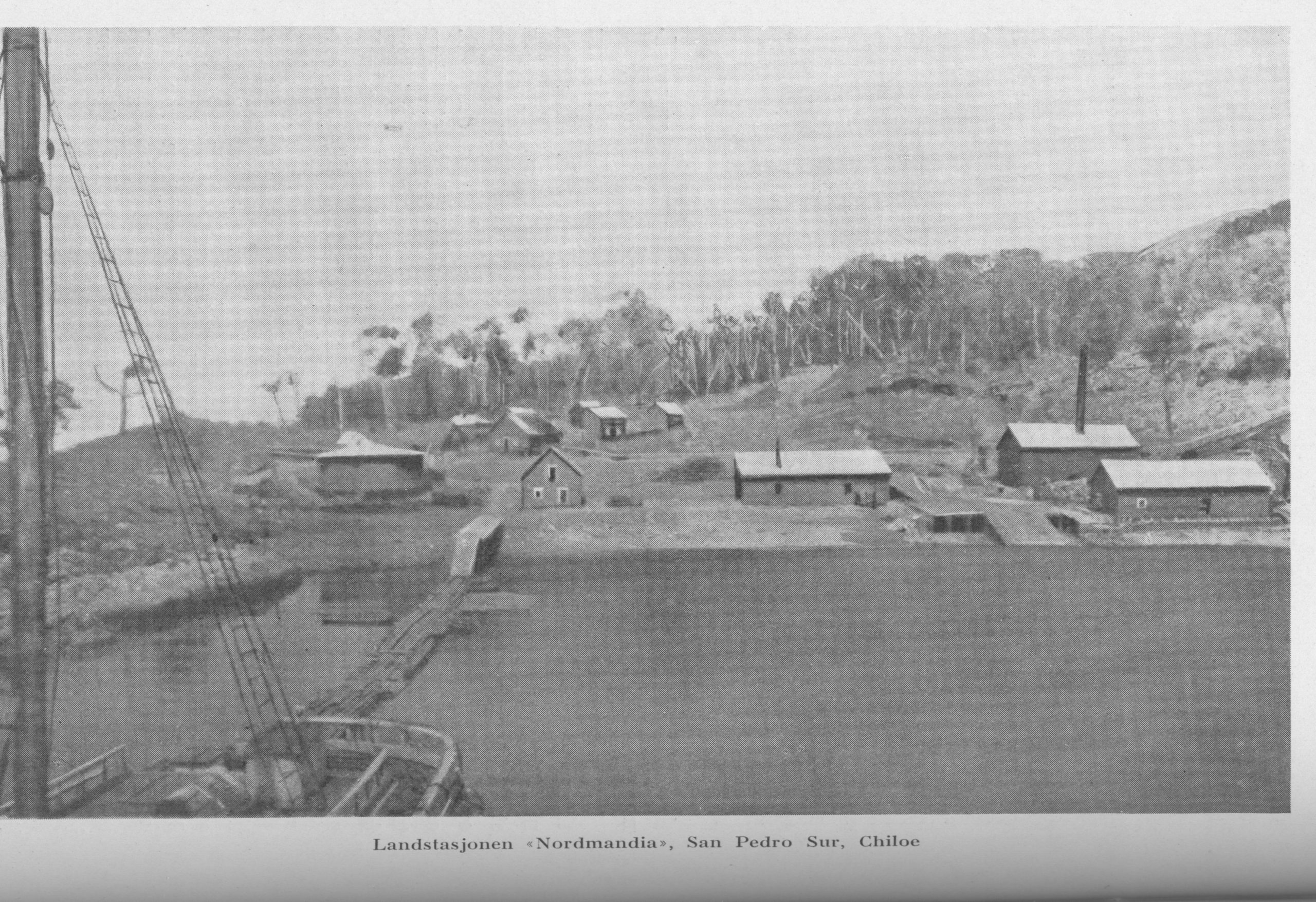Climate
The commune of Quellón has an oceanic climate. Summers are mild and precipitation is lower. February is the driest month. Winters are cool and wet, but mild. Few days are dry in winter because there are 22–24 days with measurable precipitation from June to August. However, snowfall is rare, with most years having no record of snowfall.
Chiloé has a humid and cool temperate climate. Temperatures are generally relatively moderate, not extremely hot or cold. The changes between summer and winter are also usually moderate. The western side of the island is rainy and wild. The eastern shore is warmer and drier due to it being on the rain shadow of the interior mountains.
Flora and Fauna
An island left relatively untouched by human hands, Isla San Pedro is living natural history. Isla San Pedro is somewhat of a treasured relic. While many areas around the island were developed, San Pedro has been protected and left wild.
The approximately 16,000 acres are filled with dense hardwood trees, awe-inspiring views of the nearby mountains and numerous species of birds, fox, and deer that make the island their home.
Isla San Pedro is comprised of approximately 16,000 acres filled with dense hardwood trees. Types of trees on the island include the Luma apiculata, the Drimys winteri (winter’s bark or canelo – Mapuche sacred tree), the Nothofagus dombeyi (Dombey’s beech, coigue, coihue, or coigüe (from ”koywe” in [[Mapuche language)), and the Fitzroya cupressoides. The national flower of Chile, the copihue (Lapageria rosea), can be found on Isla San Pedro. Purple thistles are also common on the island.
In addition, the island boasts numerous fruit trees, including apple trees and cherry trees, and Chilean rhubarb (Gunnera tinctoria), known as nalca. Chicha, a local alcoholic beverage, was made from these apples by the original inhabitants through a process called maja.
There are numerous species of birds that call this region and the nearby mountains home. Isla San Pedro is home to Chucao tapaculos (Scelorchilus rubecula), black-necked swans (Cygnus melancoryphus), slender-billed parakeets (Enicognathus leptorhynchus), pelicans, cormorants (Phalacrocoracidae), and Chilean pigeons (Patagioenas araucana). In addition, the southern pudú, the second smallest deer in the world, and can be found on the island.
Several species of whales have been sighted around the Chiloé Archipelago, including blue whales and southern right whales, which are critically endangered. In addition, sea lions, sea otters, penguins, and dolphin can be seen from Isla San Pedro.
Charles Darwin visited Isla San Pedro in 1834, and later wrote of his experience in The Voyage of the Beagle. It was here on the island that Darwin first collected the now critically endangered Darwin’s fox (Lycalopex fulvipes). This was the first specimen ever collected and was donated to the Zoological Society of London. Darwin also wrote of his failed attempts to climb the summit of San Pedro due to an impenetrable forest.
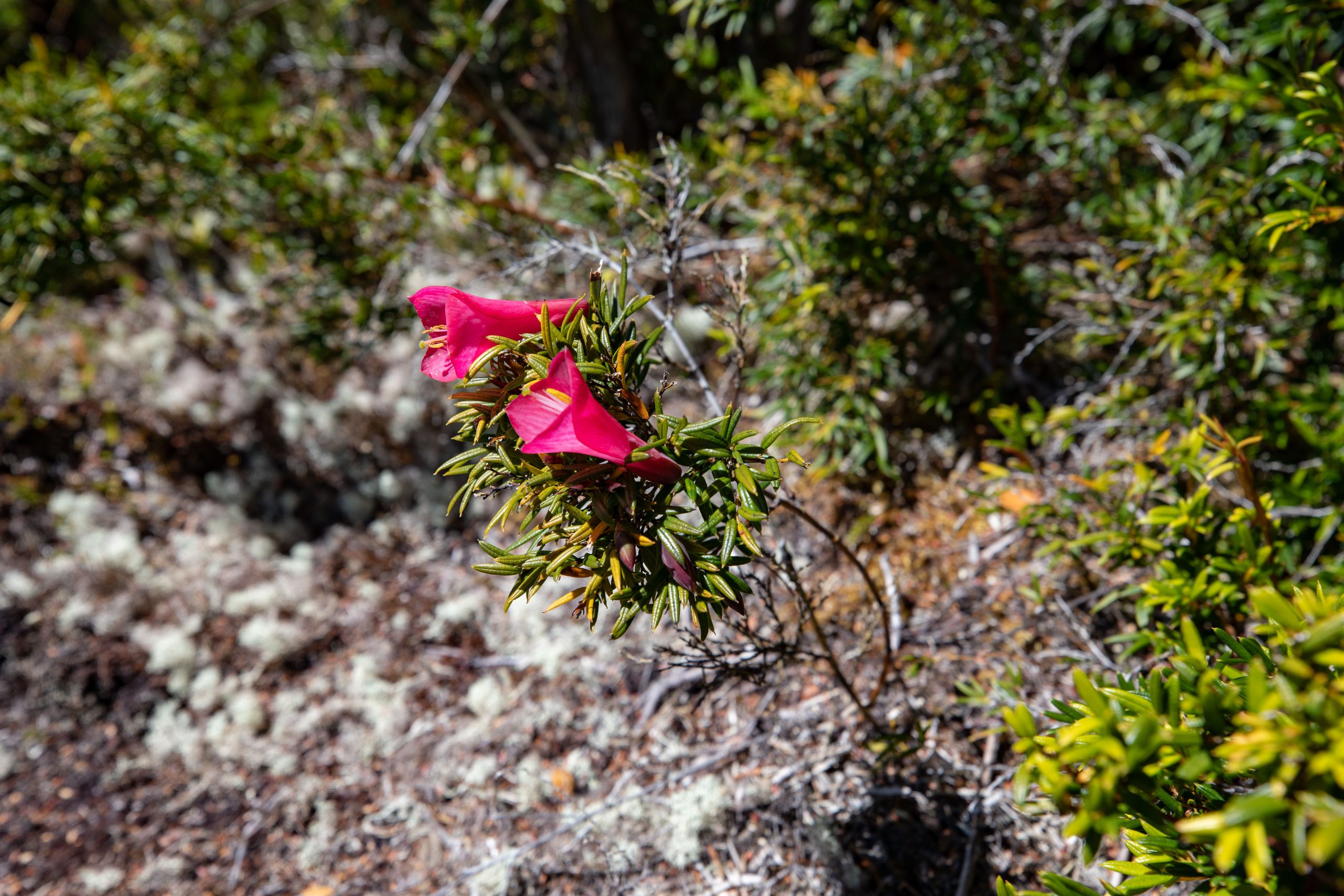
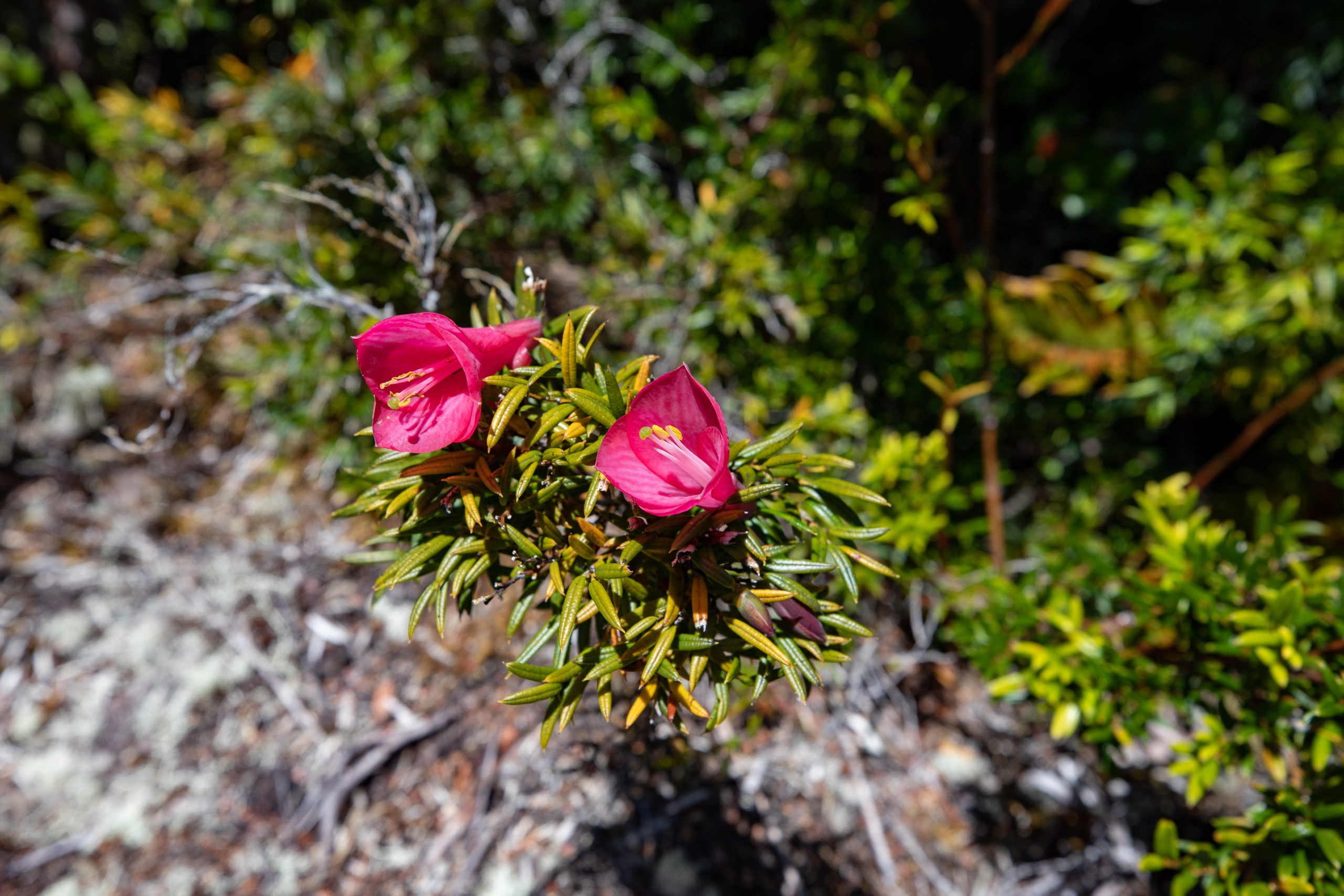
History
Whales all around San Pedro
A little known whaling history is associated with Chiloé, and more particularly with Isla San Pedro. Christen Christensen (shipowner) was one of the most important Norwegian shipping and whaling businessmen at the start of the 20th Century and was very interested in developing whaling activities from land stations along the coast of South America.
In 1909, after some investigation by his son August Christensen and his crew, a Norwegian company known in the native language as ‘Sociedad Ballenera del Pacifico’ (Pacific Whaling Company) and a port were established on San Pedro with catcher boats and a land station known as ‘A/S Pacific’. August managed the ‘A/S Pacific’ from 1909 until 1913, when whaling operations on Isla San Pedro came to a close.
Articles from the time suggest a good relationship was formed between the ‘A/S Pacific’ and the local Chilean community, as there were many locals employed at the land station. A local journalist invited to visit San Pedro wrote that, “the small port of San Pedro is composed mainly by the whaling station and its installations, it is a very scenic place and its configuration resemble the mouth of a dog”, and that the installations were “splendid”. He described the afternoon spent on San Pedro as “very pleasing and we will always remember the kindness of Mr. Christensen, a 23 year old young man, who animated our stay at the whaling station with his exquisite piano and his unique courtesy”.
Currently you can still see piles buried on the beach.
Mythology of Trauco
The traditional mythology of Chiloé, an archipelago off the coast of southern Chile, is rich with folklore and legends, one prominent figure being the Trauco. Here’s a discussion on the Trauco and its significance in Chilote mythology:
The Trauco:
Mythological Origin:
The Trauco is a mythical creature described as a small, ugly, and deformed humanoid figure.
It is believed to inhabit the dense forests of Chiloé, especially near water sources such as rivers or lakes.
Characteristics:
The Trauco is notorious for its powers of seduction, particularly of young women.
It is said to possess a hypnotic gaze that can render its victims helpless.
Despite its unattractive appearance, it is able to enchant and impregnate women merely by staring at them.
Cultural Beliefs:
In Chilote mythology, encounters with the Trauco are seen as dangerous and often lead to unwanted pregnancies or mysterious illnesses.
It is believed that protection from the Trauco can be sought through amulets, charms, or special rituals performed by local shamans known as machis.
Interpretations:
The Trauco embodies the fears and taboos of the Chilote people, particularly around sexuality and the mysteries of the forest.
It serves as a cautionary tale against wandering alone in the woods or interacting with unknown beings.
The legend of the Trauco reflects a blend of indigenous Mapuche beliefs with Spanish folklore, adapted over generations to fit the unique environment and culture of Chiloé.
Cultural Significance:
Despite its fearsome reputation, the Trauco is also a symbol of the mystical and supernatural aspects of Chilote mythology.
It contributes to the local identity and oral traditions, passed down through storytelling and rituals.
The belief in the Trauco persists among some Chilote communities today, intertwined with broader cultural practices and spiritual beliefs.
The Trauco is a compelling figure in Chilote mythology, representing the intersection of nature, mysticism, and human desires. Its legend serves not only as a cautionary tale but also as a cultural marker of the unique folklore found in the Chiloé archipelago. Through stories of the Trauco, the people of Chiloé continue to preserve and celebrate their rich heritage and the enchanting mysteries of their environment.
